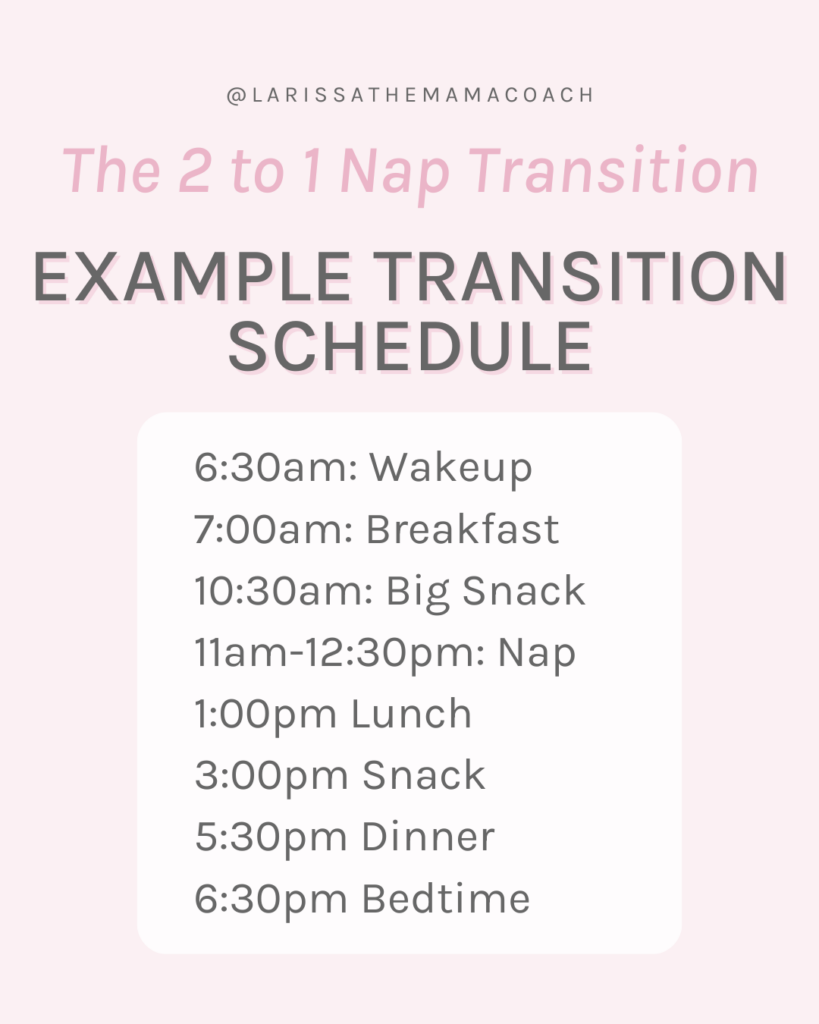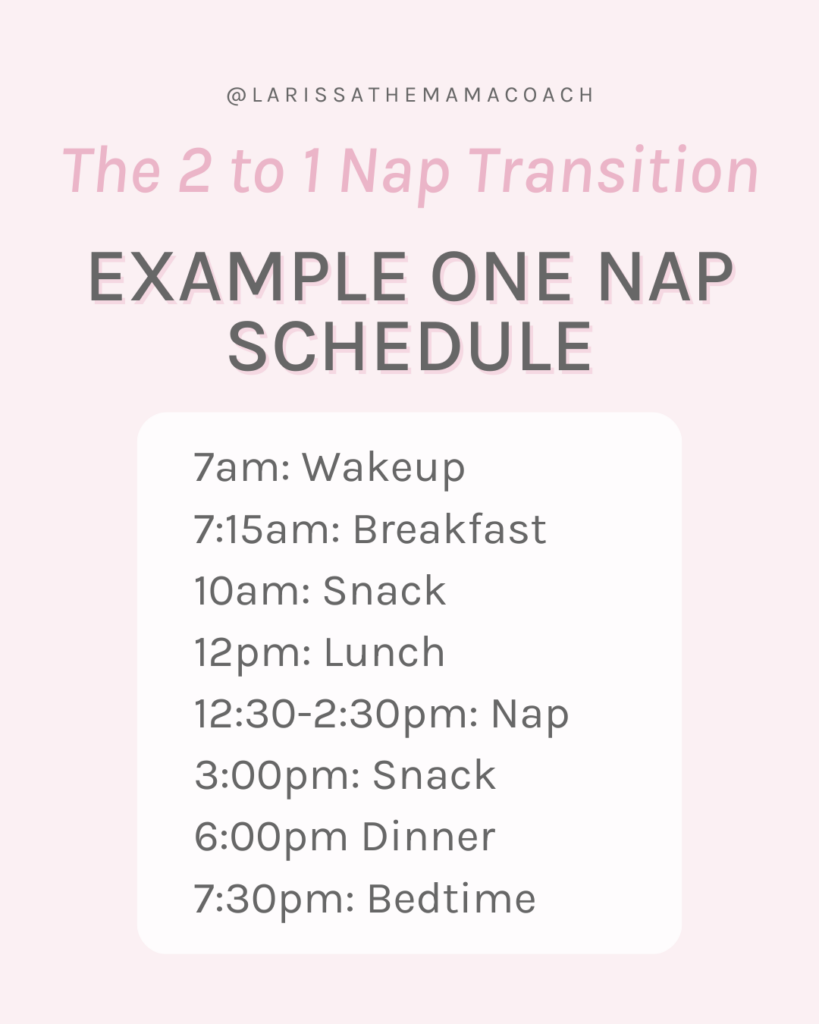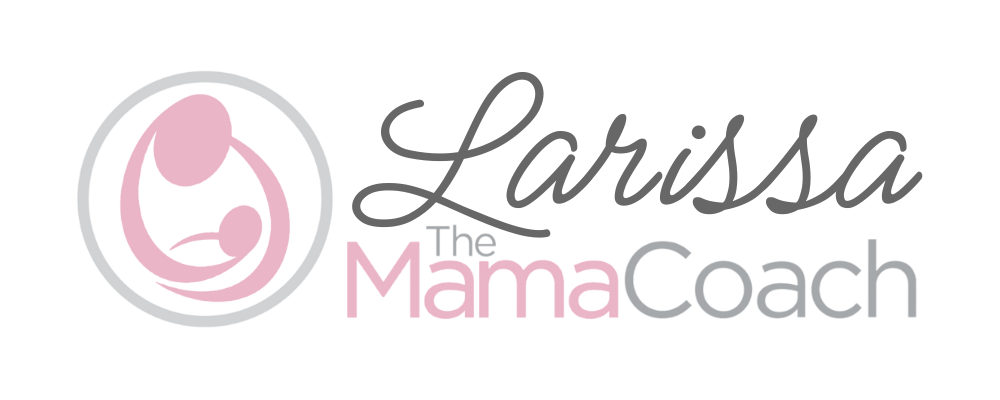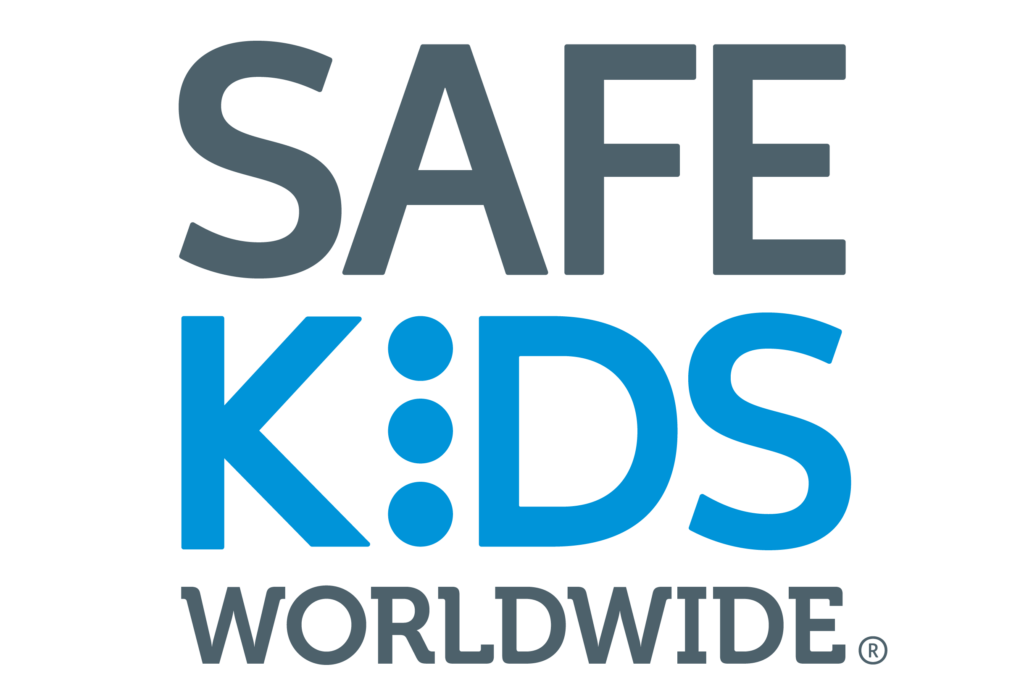Ah, naptime—a sacred oasis of tranquility amidst the chaos of parenting. But just as you’ve finally mastered the art of maneuvering your little one into a horizontal position for their two daily siestas, their sleep needs change (again). Welcome to the 2 to 1 nap transition.
I know moving to fewer naps probably sounds like a bad thing, but this particular nap transition really opens up your day, giving your family more flexibility to be out and about. The other positive of the one-nap schedule is that it’s the most consistent – your toddler will be on some version of this schedule until they drop their nap, which likely won’t be for another one to two years. Plus, a schedule change can often help with challenges like difficult bedtimes, short naps, or early morning wakeups. Yay!
When do Toddlers Transition from 2 to 1 Naps?
This nap transition has the widest age range of all the transitions. The 2 to 1 nap transition typically happens between 12-18 months old, with the majority of kiddos dropping to one nap between 13-16 months old. Signs that your child might be ready for this transition:
- Your toddler is fighting one of their naps (often the second one)
- Your toddler is spending one of their naps playing and talking instead of sleeping
- Most naps are suddenly and consistently short
- You’re noticing new early morning wakeups that are becoming routine
- Your toddler does not seem tired at bedtime, and it’s pushing later and later
If your child is showing any of the above for 5 or more days within one week, and they’re between 12-18 months old, it may be time to drop down to one nap.
Keep in mind that some of the above signs may be present if your child is working on a new motor skill like walking, and then once they have mastered that skill they will return to their old schedule. If your child is on the younger end of the range and is in the thick of a new motor milestone, sit tight with their schedule for a bit before dropping the nap.
If Daycare is Dropping My Child to One Nap, Should I Transition at Home?
Not necessarily! Around 12 months, many daycares move children from the infant rooms to the toddler room. The toddler room is often on a one-nap schedule – meaning your child will take one nap at daycare. This worries a lot of parents, but most toddlers do just fine. But, just because your child is taking one nap at daycare, doesn’t mean they have to take one nap at home. Offering two naps on the weekends is a nice way for them to catch up on sleep. Feel free to make the transition at home when you feel they are ready.
Remember, if your child is doing well on a schedule that works for you and them, no need to make a change simply based on age! Wait for the above signs before rocking the boat.
How Exactly Do I Transition My Toddler from 2 Naps to 1?
If you think your child is ready to drop the second nap, there are a few ways you can go about making this change.
Option #1: Gradual: Push the morning nap later by 15 minutes each day until you get to 12pm. If the nap is less than an hour, offer a second cat nap to make it to bedtime
Option #2: Jump into the new schedule: push the morning nap as close to 12pm as your child can tolerate
Here are some tips to help your child stay awake longer when making the 2 to 1 nap transition:
- Get outside (weather permitting)
- Offer a snack
- Try a toddler-safe sensory bin
- Give them an extra long bath if it’s before bed. If it’s before a nap, play with some water in a bin or in the sink
Tips for the Transition
Eventually, the start of naptime will land somewhere between 12-1 pm based on your child’s morning wake-up time and what works best for them.
While transitioning, their one nap will likely start out being the same amount of time as their original morning nap. This is normal. If they wake up from their nap and it was less than 90 minutes, give them some time in the crib to see if they’ll go back to sleep. Avoid the car in the morning to prevent an unintentional cat nap. Even a 10-minute nap can throw off their sleep drive.
There may be some days during the transition period when you still need to offer a second catnap to bridge you to bedtime. This may be just a quick 15-minute “micro nap”. Once your toddler has successfully taken only one nap for three or more days, try not to offer a 2nd nap anymore, as this can be confusing for their circadian rhythm.
Your child will likely need an earlier bedtime during this transition, as it can be hard to adjust to longer awake times. Bedtime might be as early as 6:30 pm the week of a nap transition, especially on days where the nap was short. Bedtime will usually settle around 7:30 pm once your child is used to their new schedule.
Your Toddler’s New Schedule
The average nap length on a one-nap schedule is around 2 hours, but it may be anywhere from 1.5-3 hours. Try not to compare your child’s nap to your friend’s – each toddler has their own unique sleep needs and circadian rhythm.


If you were still following wake windows for your child’s two-nap schedule, now is the time to commit to going by the clock. Meaning, regardless of how long they have been awake, you’ll put them down for their nap according to a time-based schedule. You can always flex the naptime by 30 minutes in either direction depending on how the day is going. I would avoid changing their naptime by more than 30 minutes.









